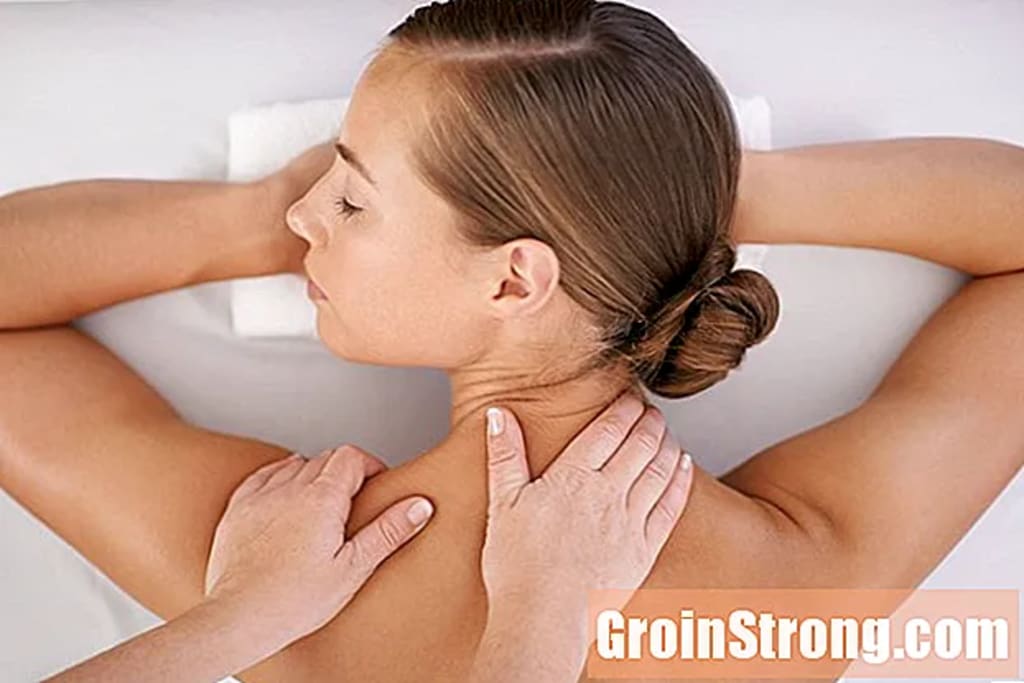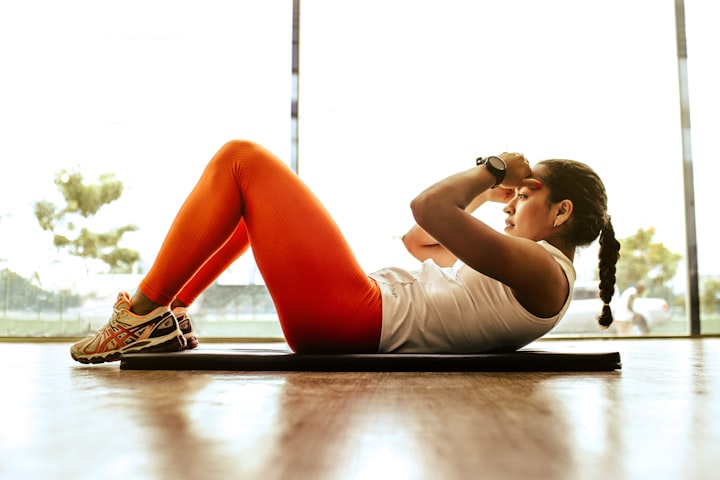massage therapy for anxiety and panic disorder
How Massage Therapy Can Help Eliminate The Symptoms Of Anxiety And Panic Disorder

Contents:
Complementary and alternative medicines (CAMs) are unconventional products and practices used to treat a variety of medical and mental disorders. In recent years, CAM practices have grown in popularity and are often used in conjunction with other drugs. more traditional medical practices. Some common CAM practices include acupuncture, yoga, and aromatherapy.
Massage therapy is another type of CAM practice that is often used to treat muscle pain, injury, and stiffness. Massage therapy has recently been used to treat mental and emotional problems such as stress, anxiety, and depression. Massage therapy is also considered a relaxation technique and can help reduce tension and create feelings of calm and deep relaxation.
In addition, massage may be able to control feelings of fear and anxiety and help control other panic disorder symptoms.
What is Massage Therapy?
Massage therapy involves manipulating muscles by kneading, rubbing, squeezing, or tapping different muscle groups. Massage therapists use their hands and massage oils through different muscle groups. Some massage therapists also include aromatherapy oils and soothing music to create a peaceful and deeply relaxing experience.
Massage therapists offer many different massages. Depending on the style, massages often vary in terms of pressure and muscle group targeting. Some of the most common types of massage are:
Swedish massage: This is the most popular type of massage and is meant to help relax the body and mind. It involves a total massage where a person is lying on a massage table while the Massage Therapist is working slowly through different muscle groups. Swedish massage also helps circulate blood, relieve mental stress and reduce muscle pain and tension.
Deep tissue: This type of massage is similar to a Swedish massage. However, the massage therapist uses more pressure and intensity when working through the muscles. The purpose of a deep tissue massage is to release tense and painful muscle nodes, which are often associated with physical discomfort, stress, and headaches.
Sports Massage: Athletes often use sports massage in sports training. This type of massage focuses on building muscles for intense training. In addition, sports massage is used for muscle recovery after intense performance or injury.
Shiatsu: Shiatsu, often referred to as acupressure, is a form of massage that is similar to acupuncture. Shiatsu is native to Japan and means "finger pressure". Instead of using needles like acupuncture, the doctor uses his fingers for pressure points. Driving these points is believed to help release energy and restore balance to the body and mind.
How Massage Therapy Can Help Eliminate The Symptoms Of Anxiety And Panic Disorder
Massage therapy can help the body relax, which in turn can help let go of anxious and fearful thoughts. Massage can relieve muscle pain and tension, improve blood circulation and increase flexibility. As a relaxation technique, massage therapy can act to control a combat or flight response or stress response that is typically overactive among anxiety disorders.
A combat or flight reaction is responsible for causing frightening thoughts and reactions that often far exceed the real threat in the environment. For example, people with agoraphobia often fear a panic attack in large numbers or in enclosed areas where it would seem embarrassing or difficult to escape.
A combat or flight reaction typically results in unpleasant physical symptoms such as shortness of breath, increased heart rate, excessive sweating, and chest pain. Massage therapy can have the opposite effect on the body by provoking a relaxation reaction, reducing tension, lowering the heart rate, and generally making a person feel calmer.
The physical benefits of massage
The mental benefits of massage
Starting the use of massage therapy
Massage therapy is often offered in many spas, salons, and wellness centers. However, massage is being offered as an increasingly common treatment option in many hospitals and clinics. Some insurance companies may even cover massage services.
When you meet with a massage therapist for the first time, be sure to discuss your medical history, including your panic and anxiety symptoms.
It is important to schedule these services with a licensed or certified massage therapist. This will ensure that you receive treatment from a qualified doctor who has complied with the requirements and requirements of the state license. Authorized massage therapists can be found in the directories of the websites, including the National Therapy Massage & Bodywork Certification Board and the American Massage Therapy Association.
Tell your massage therapist if you have any discomfort in your entire body. Also discuss what you want to get from the massage, such as muscle or stress relief.
Massage therapy usually has only a few potentially harmful side effects. Many people experience some tenderness throughout their body during the first few days of a massage, but you should never feel any pain or discomfort during or after the massage. Massage is also contraindicated in certain diseases. Always consult your doctor before starting a massage if you are not sure if it is right for you.
Studies have supported the safety and effectiveness of using massage for stress, anxiety, and depression, but if you have panic attacks and other symptoms of panic disorder, talk to your doctor before trying this and other CAM practices.
Your doctor can help you with standard treatment options such as medication and treatment. Massage can help help you manage your condition, but it is not a substitute for traditional medical treatment. Massage therapy can be included in your regular treatment plan to help you cope with panic disorder.
How does massage support body care? Read the expert tips!

Exercise has a positive effect on the well-being of your body and mind, but body care is also important for your well-being - whether you are an active athlete or an everyday exerciser. Now expert Mika Hallikainen explains why massage should be included in the body care routine.
Most of us know the important effects of exercise and sports on the human body and mind. Exercise enhances the respiratory and circulatory system and metabolism, strengthens the ability of muscles to function and produces pleasure hormones. Combining daily exercise and strenuous exercise produces beneficial results. However, many of us forget the other side of the horizontal cup - body care. By caring for the body, the human body and mind reach their full potential and the results are produced faster. Terveystalo Rela masseurs, a long-term partner of Cuckoo Workout, would shed light on the importance of massage as part of body care. Unit manager Mika Hallikainen explained why both an active athlete and an everyday athlete should have a regular massage.
The many effects of massage
“The best known of the effects of massage is the effect of massage on muscle function. Massage stimulates blood circulation and metabolism and thereby improves the muscle's ability to get rid of waste products that interfere with its ability to function, such as lactic acid. Massage revives the normal functioning of the muscle, which results in its benefits, for example, for people doing sedentary work or other static work. With a similar mechanism, massage also speeds up recovery from sports performance. This avoids muscle stiffness after the performance and enables more efficient performance or a larger amount of training, ”says Hallikainen.
Massage thus speeds up the recovery from heavy sports performance. But did you know that massage is also helpful in preventing the disadvantages of prolonged sitting or other static postures? In addition to mobilizing the waste products, the massage also relieves muscle pain.
“Muscular problems are symptomatic in a variety of ways. The most commonly known are e.g. tension headache, numbness symptoms in the limbs, and problems with posture due to unilateral tension or misalignment of the joint levels. However, it is important to remember that massage cannot replace your activity, exercise, or voluntary muscle maintenance. Massage, on the other hand, is an excellent way to enhance the effects of these.
Massage into daily routines
So you will get the best result when you include a variety of exercise and developmental activities and side activities in your daily routines. At Cuckoo you will find your video category full of body care videos. So if you feel stuck in your body, select a video from there and you will get three movements that will help with stiffness. By regularly taking care of your body’s activities with both movement and massage, you will prevent years of pain and even disability. Every third Finn aged 40-45 suffers from some kind of musculoskeletal pain symptom. Let's make a change here, won't we?
“Massage is a very safe form of treatment. A professional masseuse designs each massage he or she offers according to his or her client’s need or effort. In this way, the masseur uses his or her skills in the best interests of the client and seeks to identify problematic muscle groups and cause-and-effect relationships in body function. The best and longest-lasting benefit of massage is obtained by using it regularly as a “cure” and often allows access to the middle layer muscles under the superficial muscles, which are usually smaller than the superficial layer and prone to tension.
“Although the massage is perceived to relax the muscle, the massage also puts strain on the tissue. Therefore, the massage must also “recover” and the need for recovery may materialize as muscle tenderness in the days following the massage. This is not to be feared and the muscle often reacts in this way, for example in connection with worse muscle tension. ”
About the Creator
Sarfraz Hussain
I am a professional journalist and I work as a writer and reporter in a national newspaper. The purpose of my life is to help people. Useful Tips on Health Care to Improve the Lives of an Ordinary Man.






Comments
There are no comments for this story
Be the first to respond and start the conversation.